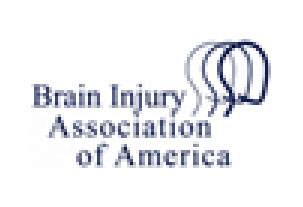Birth Trauma Attorneys Look at an Exciting New Development
Fetoscopy is a procedure performed which allows an obstetrician access to the developing fetus during pregnancy. A tiny incision is made in the mother’s abdomen, and a fetoscope—a long, wand-like instrument with a minuscule camera in its end—is inserted into the amniotic cavity. Using this method, a doctor can also monitor the umbilical cord and the fetal side of the placenta. Fetoscopy allows surgeons to check the fetus for anatomical abnormalities and makes medical intervention possible in cases of emergency.
Unfortunately, a common problem in fetoscopy is the rupturing of the fetal membrane—the sac containing the developing baby—during the procedure. To make room for the fetoscope, a pathway to the fetal sac must be created using a device with a sharp tip. Far too often, this tool punctures the fetal membrane, which can cause a leak of amniotic fluid. This in turn can lead to premature birth.
Researchers have long sought a solution to this problem. They realized what they really needed was some sort of glue with which to repair a ruptured membrane. They needed something that was water-insoluble, since it would be used in the uterus; the glue also needed to be non-toxic to humans.
Scientific Breakthrough Leads To Medical Solution
In 2005, researchers from the University of California, Santa Barbara started looking closely at the sandcastle worm, a three-inch gastropod that builds massive reefs up and down the California coast. The sea creature builds its reefs underwater, using a glue-like substance it produces naturally. The scientists succeeded in determining the DNA sequence of the proteins and published its detailed mechanisms in a medical journal.
Wondering if they could produce a synthetic polymer that simulated the adhesive proteins produced by sandcastle worms, researchers at the University of Utah took the study further, figuring out a way to synthesize this glue and creating a bioadhesive for use in medical procedures.
“The problem of gluing things together underwater has been solved over and over in nature, in many different ways,” says study leader Russell J. Stewart, Ph.D., who adds, “Understanding the…chemical mechanisms of natural adhesives is a good starting point for engineering practical and cost-effective synthetic underwater adhesives. The evidence so far suggests we likely will be able to solve this problem.”
Another advantage of the development is that the polymer is inexpensive, which opens up many more opportunities to perform more complex fetal surgeries that are currently too risky to attempt, like treating spina bifida.
My Child Suffered Birth Trauma and I Need an Experienced Birth Trauma Attorney
Obstetric tools such as the fetoscope can be very dangerous if used negligently or in circumstances in which they are unnecessary. Uterine ruptures are like any other birth trauma, in that they can negatively affect the development of the baby in addition to causing other serious, life-long conditions and possibly the death of your child.
Our dedicated birth injury attorney team has over 80 combined years of experience in cases involving birth trauma. We fight aggressively on behalf of families who suffer inadequate medical care during pregnancy and delivery. If your family has been a victim of negligence leading to birth trauma, contact us today for a free consultation.













